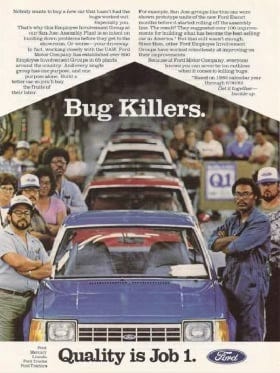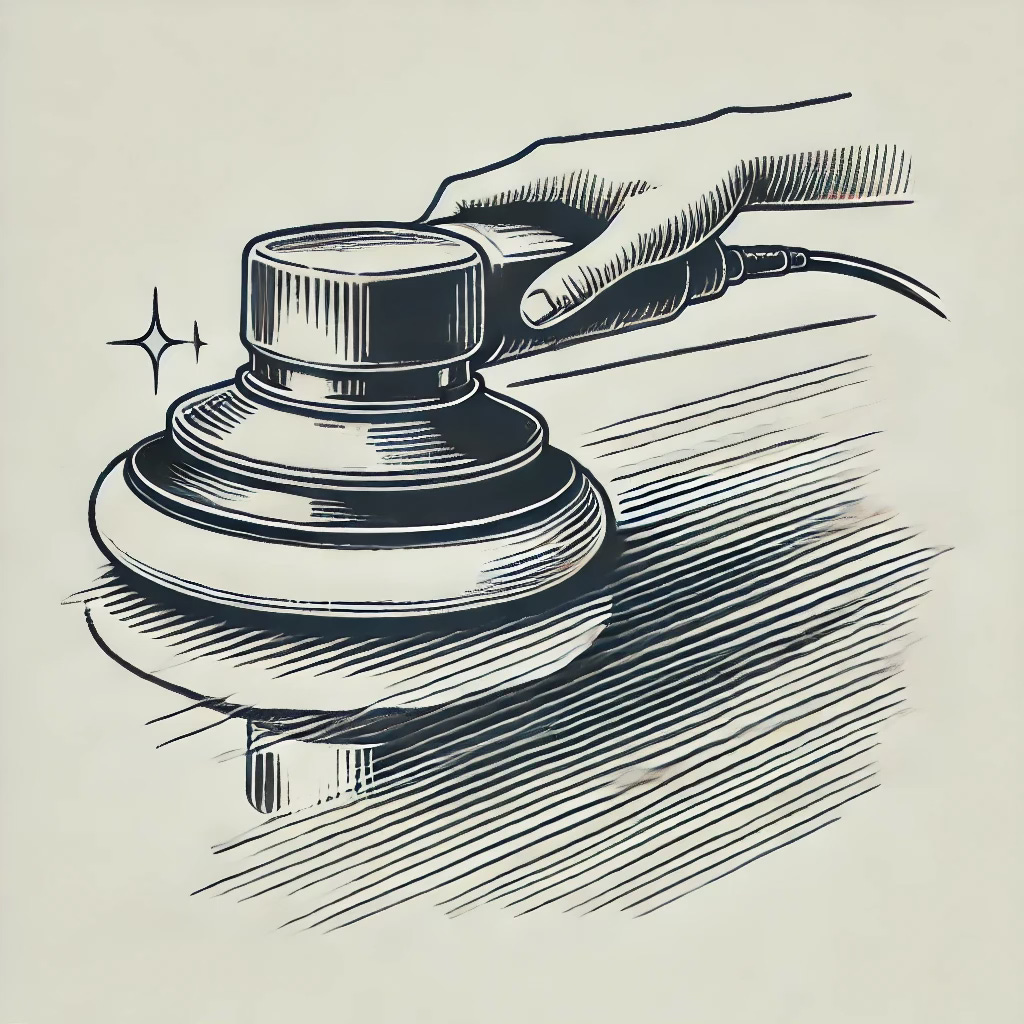As a child of the 80s and 90s, I’m frequently nostalgic for old TV commercials, the analog flicker of CRT monitors, and the homespun quirks of the software of that era. One jingle that often gets stuck in my head is Ford’s famous “Quality is Job 1”—a bold promise to customers. Fast forward to today, and in software development, that idea feels like a relic. What job number is quality in today’s fast-paced startups? I believe that there is an industry-wide decline in product quality. I’m increasingly frustrated, caught in endless buggy loops, and leaving (or wishing I could leave) more services behind1. I think the major factor leading to this generalized decline is short-termism. A mindset that has quietly crept into the way products are built, maintained, and evaluated. I’m left wondering: do we as an industry place any value in quality at all?
First, what do I mean by “quality”? Quality in software today is often defined by metrics—defect rates, uptime, and DORA metrics. These are important for stability, but they don’t tell the full story. There’s a deeper, more elusive form of quality that’s harder to quantify—the experiential quality users feel when they interact with a product. It’s the difference between an app that merely functions (if at all) and an app that reinvents how you work and think. Yet this type of quality is often the first to be sacrificed in favor of growth targets or technical KPIs. As multiple departments collaborate and systems and microservices integrate, there is a systemic entropy that gnaws at the user experience in its totality. Stability is essential, but the real magic that keeps users coming back is in creating a holistic experience that blends functionality and ease.
This decline isn’t just a technical issue—it reflects a broader cultural mindset in the industry. The glorification of rapid shipping and the “move fast and break things” mentality has led to a gradual erosion of user experience and product reliability. We've become obsessed with MVPs (Minimum Viable Products) to capture market share quickly, but too often these MVPs are treated as finished products rather than foundational stages for future development2. Substandard work is shipped for the sake of shipping in order to prove there is a market. And if there is a market? Ideally that prototype software gets scrapped (or so I’ve heard) to make way for a more robust, stable solution, but the scaffolding only keeps adding more floors. Without room to grow and evolve, MVPs become permanent fixtures, riddled with technical debt and lacking the polish users expect. Rather than taking the time to build the ideal solution against validated criteria, priorities shift to the next shiny object. As teams race from one initiative to the next, the focus on true craftsmanship—the element that elevates a good product to greatness—fades away.
The relentless push for quick wins often boils down to short-termism. In many organizations, hitting short-term targets is job 1. This skewed prioritization leads to technical debt and unfinished work—rushing features to meet quarterly growth projections or launching products based on quick-return assumptions. “We’ll get to that ‘later’ as a ‘fast follow,’” they say (and, shamefully, I’ve said).
The result: Frustrated users, increased churn, security vulnerabilities, and mounting technical debt. The longer these issues loiter, the harder and more expensive they become to fix. Companies run victory laps over short-term wins—or more likely, they’re perpetually chasing growth targets just out of reach. Eventually, user trust erodes, the brand’s reputation is damaged, and public apologies are made. When an organization does not define and reinforce a bar for quality, the door is opened for more pernicious effects.
What do I propose to fix this? Shift the mindset. I’m not suggesting you slow down; I’m suggesting you state simply and unequivocally what matters and hold fast to that. Define a level of quality that is nonnegotiable. Reviewing, refactoring, and refinement aren’t optional; they’re essential to building great products. Instead of a ship-at-all-cost mentality, focus on adding value for the user every step of the way. Talk to customers, frequently. Stop convincing yourself Net Promoter Score3 is the best assessment of customer engagement. Align strategic objectives so that customer problems are business problems. That’s how you make quality job 1.
What are some products you’ve used that exemplify high-quality software? What makes them stand out? How do you define “quality”? Share your thoughts in the comments.
If this resonates with you and you're feeling the pressure of delivering quality in a fast-paced environment, reach out to Wunsch Werks. I specialize in helping teams refocus on what really matters: building sustainable, high-quality software. Whether you need guidance in realigning your priorities, cleaning up technical debt, or ensuring your products truly hooks users, I’m here to help you commit to the craft. Let's talk.
A different instigator of quality decline than enshittification, but related.





gmail is probably the longest-running example I can think of! My life rotates around it, I've use the same account nearly every day for 20 years, and I barely remember any times that it was disfunctional.